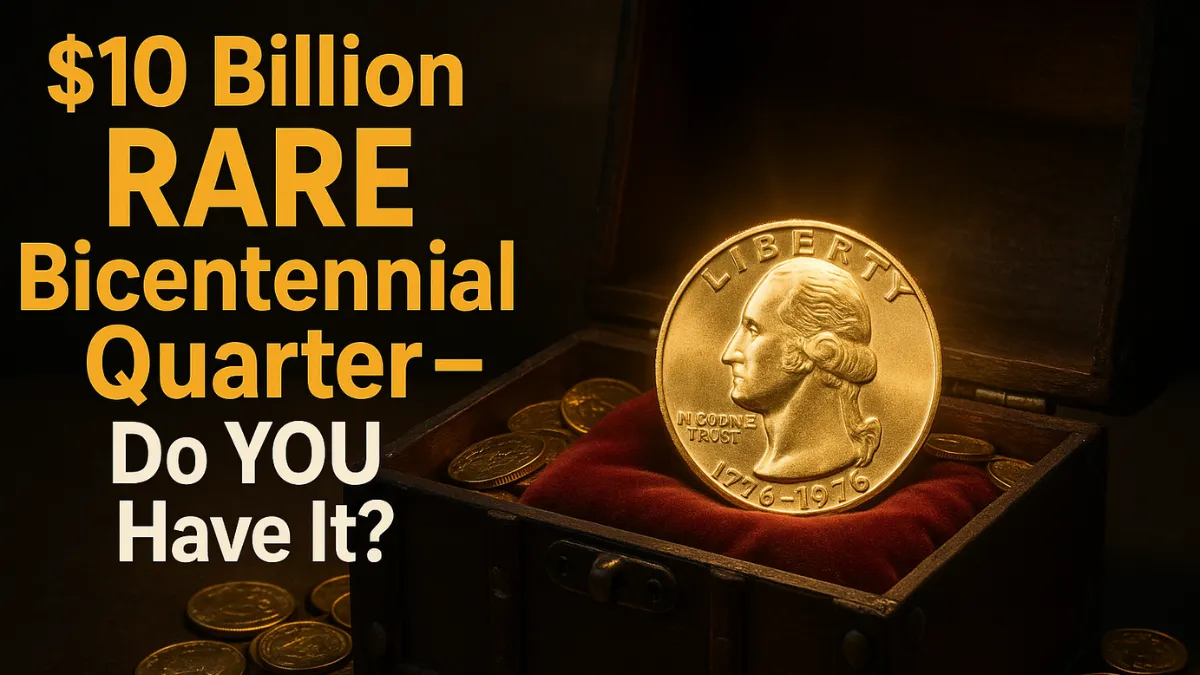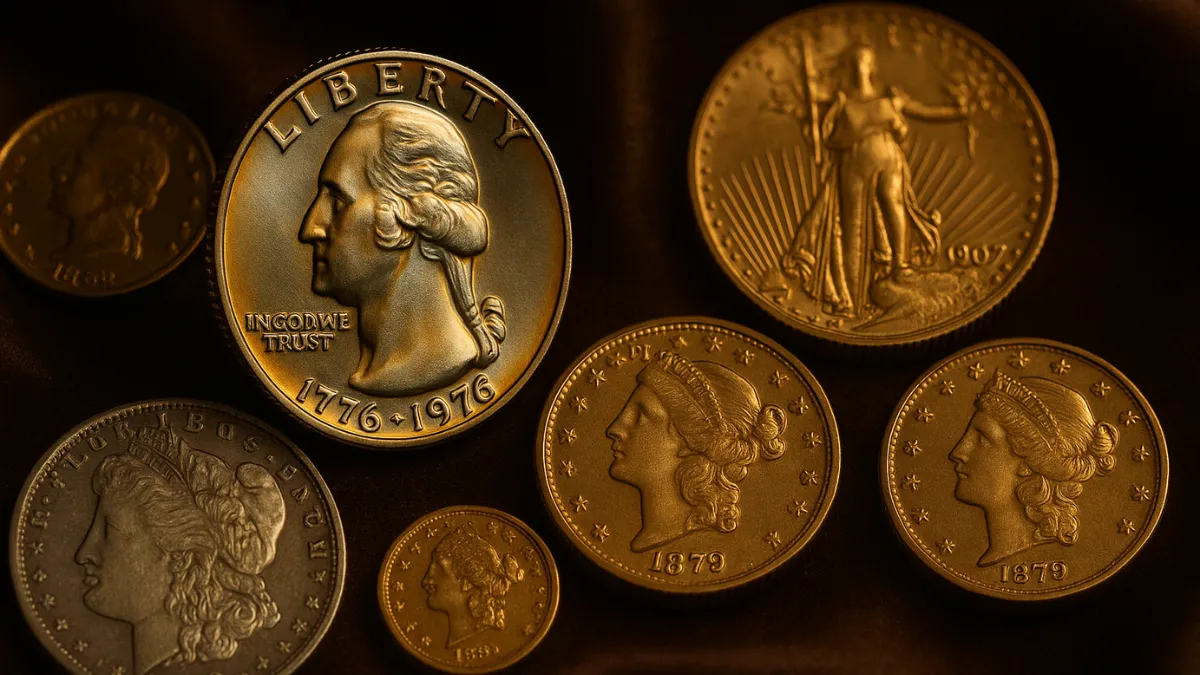Commemorative coins have always captivated collectors with their historical significance and unique designs—and few American coins are more iconic than the 1776 to 1976 Bicentennial Quarter.
Minted to celebrate the 200th anniversary of the United States, this quarter holds a special place in American numismatic history. But beyond its patriotic design and massive production numbers, does this coin have any real value today?
In this article, we’ll explore the origins and design of the Bicentennial Quarter, break down the various types and mint marks, and delve into what makes certain versions of this coin more valuable than others.
Whether you’re a seasoned collector or just curious about the change in your pocket, this guide will help you understand the true worth of the 1776 to 1976 quarter.
The Historical Significance of the Bicentennial Quarter
The Bicentennial Quarter was created to mark a major milestone in American history—the 200th anniversary of the nation’s independence from British rule. As part of this grand celebration, Congress authorized a redesign of three coins: the quarter, half dollar, and dollar.
Rather than displaying the standard date of issue, these coins feature a dual date of 1776–1976, honoring the birth year of the nation. These coins were minted during both 1975 and 1976, but interestingly, no quarters were dated 1975—all bear the dual date.
Unique Design Elements
Obverse (Front)
The obverse side of the quarter retained the familiar bust of George Washington, but instead of a single mint year, the date reads 1776–1976.
Reverse (Back)
The reverse underwent a dramatic redesign. Gone was the traditional eagle; in its place stands a Colonial drummer boy, a powerful symbol of America’s revolutionary roots. This design was created by Jack L. Ahr, who won a nationwide competition for the honor.
Behind the drummer is a victory torch, surrounded by 13 stars, representing the original colonies.
Mint Marks and Varieties
The Bicentennial Quarter was minted in three major facilities:
- Philadelphia (no mint mark) – Copper-nickel clad for circulation
- Denver (D mint mark) – Copper-nickel clad for circulation
- San Francisco (S mint mark) – Special versions, including:
- Copper-nickel clad proof coins
- 40% silver proof coins
- 40% silver uncirculated coins
This results in multiple collectible varieties, each with its own appeal and potential value.
What Are These Quarters Worth Today?
Circulation Strikes (No Mint Mark or “D”)
Most of these coins are still worth face value (25 cents) due to their high mintage. In total, over 1.6 billion Bicentennial quarters were struck, making them extremely common.
However, uncirculated or mint-state examples can fetch higher prices:
- MS66 grade or higher can be worth $5 to $20 or more, depending on luster and eye appeal.
Silver Versions from San Francisco
Collectors especially prize the 40% silver versions:
- Proof or uncirculated silver quarters are typically worth $5 to $10.
- High-grade proof coins, especially PR69 or PR70 Deep Cameo, can sell for $15 to over $100, depending on market demand.
Error Coins and Rare Varieties
Collectors also seek out error coins and rare varieties, such as:
- Double die obverses
- Off-center strikes
- Clipped planchets
Depending on the severity and rarity, these errors can fetch several hundred dollars.
Type 1 vs. Type 2 Silver-Clad Proofs
Among the 40% silver proofs, there are two notable subtypes:
- Type 1 – Low-relief design with thicker letters (less desirable)
- Type 2 – Sharper, more defined reverse design (more collectible)
Type 2 proofs tend to command a higher premium due to their superior aesthetics.
Tips for Collectors: How to Evaluate Your Coin
To determine if your Bicentennial Quarter holds any significant value:
- Check for a mint mark – “S” indicates a San Francisco mint (often silver or proof).
- Evaluate condition – Look for scratches, wear, and overall luster.
- Consider professional grading – Coins in exceptional condition can be submitted to services like PCGS or NGC for certification.
- Look for errors or unusual characteristics – Misprints or misstrikes can add serious value.
Proper storage is key. Coins preserved in original mint packaging or handled with gloves tend to be worth more.
Final Thoughts: Is the Bicentennial Quarter Worth a Fortune?
In most cases, the 1776–1976 Bicentennial Quarter isn’t worth more than its face value. But there are exceptions. Whether it’s a silver version, a proof coin, a mint-state specimen, or a rare error, some of these quarters can be worth significantly more.
Even if your coin isn’t worth a fortune, it’s still a piece of American history, rich with symbolism and nostalgia. And for many collectors, that’s priceless.
Join the Conversation!
Have a Bicentennial Quarter in your collection? Spotted an unusual variant? Let us know in the comments!
And if you enjoyed this deep dive, be sure to subscribe to our newsletter and explore our other articles on rare and valuable American coins.




